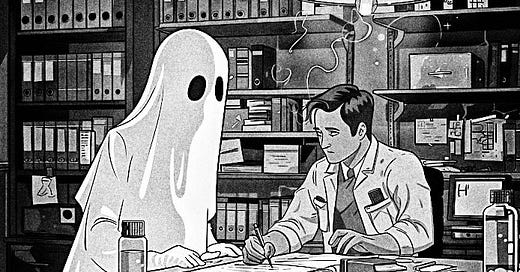Publisher Taylor & Francis Joins Science Magazine As Venue For Sleazy Scientific Behavior
The current state of science seems clear: when sleaze, fraud or corruption comes to light just ignore, deny, and hide.
5 minute read
Four years ago this week, publisher Taylor & Francis released a commentary in their journal Emerging Microbes & Infections—the third most popular paper published by Taylor & Francis in 2020—that violated their own ethical policies and apparently flouted their own norms for peer review. What did it say?
It claimed people were spreading a “conspiracy theory” if they speculated whether the COVID pandemic started in a Wuhan lab
When emails later came to light exposing that this commentary was corrupt, I emailed Taylor & Francis in January 2022, providing them with the pertinent emails, and asking them to explain whether they would take action, as the essay broke their own ethics rules.
To this day, Taylor & Francis has taken no action.
The incident is another example in a long list of essays, studies, and analyses that began littering the scientific literature with dubious (at best) conclusions during the COVID pandemic. Two weeks ago, for example, I reported on a Science Magazine study that alleged the pandemic began in a Wuhan market, not in a research lab. But statisticians published a paper last month in a British science journal that found this Science Magazine study was “invalid” and based on “flawed” statistics.
SEE PRIOR STORY: Science Magazine’s Paper Advocating Market Origin for COVID Based on False Statistics: American science writers "follow the science" and ignore new study pointing to flaws in Science Magazine research, while German journalists join the fray.
Keep reading with a 7-day free trial
Subscribe to The DisInformation Chronicle to keep reading this post and get 7 days of free access to the full post archives.




